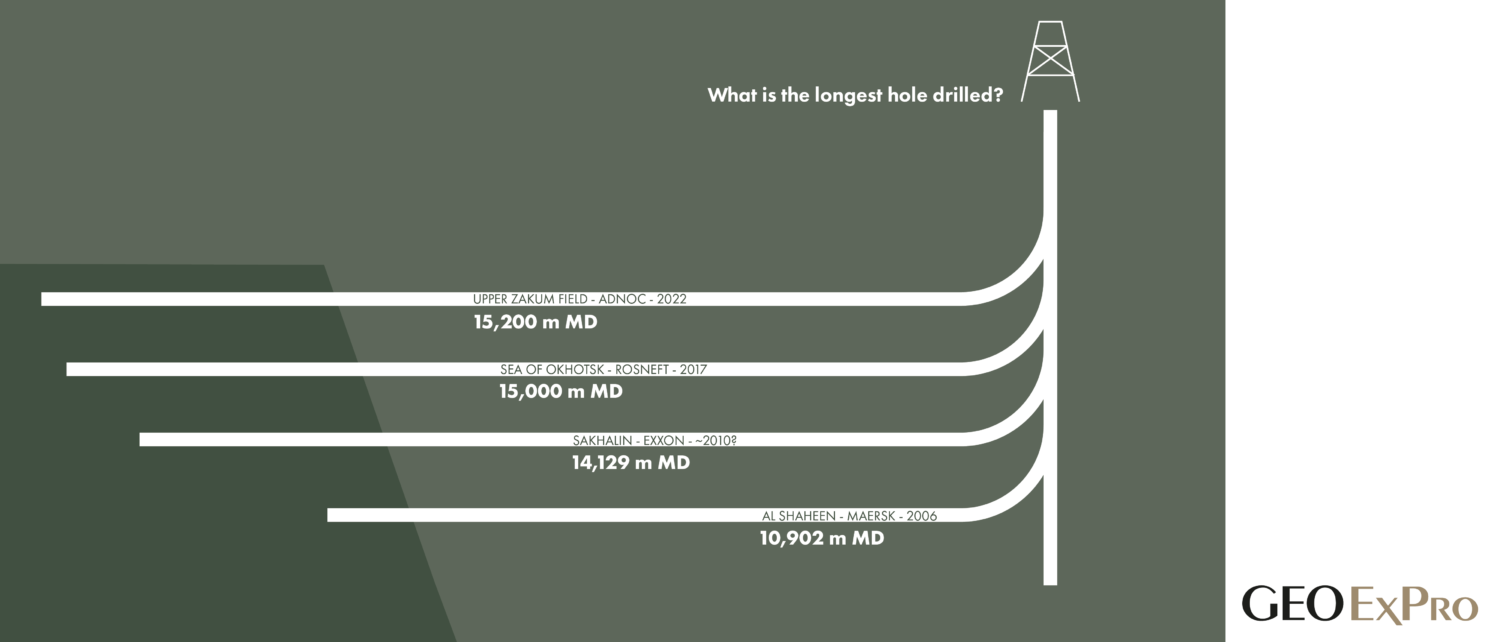The operator of the Lancaster field, Hurricane Energy, is in stormy weather. Early last week, a major shareholder (Crystal Amber) demanded five of the current directors to step down and be replaced by two newly appointed directors. Yesterday, the company announced a bond- and shareholders meeting taking place on the 11th June where both parties will vote on a proposed financial restructuration plan.
The reason for all this: a lack of confidence that the directors are acting in the shareholders’ best interest. Crystal Amber argues that the current board is intending to wind down the company, wiping out shareholders’ interests whilst protecting bondholders.
The shareholders do have a few good reasons to believe in the future of the company, as explained further below. And one of those reasons is the production data.
Even though Hurricane significantly degraded its Lancaster reserves and resources last month, the company has got £110 million cash in bank, looks back at an average production of 13,900 bopd production in 2020 and owns other assets West of Shetland. In addition, an analysis of water-oil ratios from the only Lancaster production well suggests that the field is outperforming the Low Case used in the latest CPR, with even the Best Case under pressure.

Plotting water-oil ratios (WOR) against cumulative oil production is an industry-recognised methodology to forecast recoverable oil. Having done this for the Lancaster field using production data from the single production well (205/21a-6), and plotting the extrapolated WOR curves for the LOW, BEST and HIGH case scenarios (from the 2021 CPR) in there, we can see a range of expected cumulative production from around 19 to >60 MMbo.
Comparing this range of volumes against the STOIIP numbers presented in the 2021 CPR, one conclusion can be drawn. It now looks increasingly likely that the basement only contributes a minority amount to overall production. In the BEST case scenario, basement rocks only contributes 8.5% to the total STOIIP of 141.9 MMbo.
It is now expected that the heavily weathered Granite Wash matrix just below the clastic cover contributes 16%, with the bulk coming from the overlying Cretaceous and Jurassic sandstones.

So, after all, it looks as if the Lancaster field is much more of a normal clastic field than people probably thought it was, with most of the resources sitting in the sedimentary wedge overlying basement. In that sense, the field probably looks much more similar to accumulations such as Edvard Grieg in Norway, where there is may be a contribution from basement too.
But what is most important, the production data – even though there is large uncertainty on future trends – do not suggest serious issues yet. Currently fitting the expected HIGH WOR trend best, there may even be some room for optimism. Therefore, it would be wise to keep on producing for another six months before giving up on this field. A field that seems to be more like a “normal” North Sea field after all.
HENK KOMBRINK




